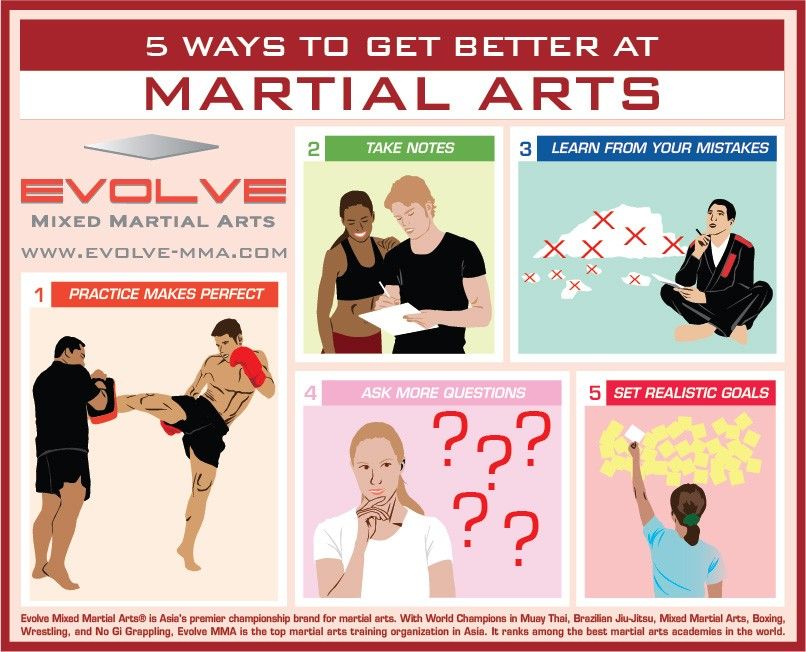The Evolution And Historical Value Of Martial Arts Throughout Different Societies
The Evolution And Historical Value Of Martial Arts Throughout Different Societies
Blog Article
Post Author-Winkler Odonnell
Martial arts have an interesting background that spans centuries and continents. You could find it fascinating just how old practices like Shuai Jiao and Kalaripayattu prepared for contemporary battle techniques. These techniques not only emphasize physical skills but likewise mirror the cultures that birthed them. As you explore their advancement, consider just how globalization has transformed these standard types right into crossbreed styles. What impacts do you think have formed today's martial arts landscape?
Ancient Martial arts: The Structures of Fight
As you explore the world of old martial arts, you'll uncover the abundant foundations that shaped combat techniques across societies. Very early methods concentrated on Self-Defense and survival, usually including strikes, hurting, and weapons.
In ancient China, for instance, strategies like Shuai Jiao highlighted tosses and joint locks, while India's Kalaripayattu showcased agility and liquid movement. Japanese samurai established Kenjutsu, a polished swordsmanship that highlighted technique and technique.
These martial arts offered not just for battle however likewise as a means of personal advancement, instilling values like regard and perseverance. The blending of these methods over time laid the groundwork for the varied martial arts you see today, each reflecting the one-of-a-kind philosophies and requirements of its society.
The Social Influence on Martial Arts Growth
While martial arts typically show the practical requirements of a culture, they likewise embody the social values and ideas of their origins. When you explore various martial arts, you'll notice just how they're affected by religious beliefs, approach, and social standards.
As an example, the emphasis on regard and self-control in Japanese martial arts stems from Zen Buddhism and samurai society. On the other hand, Brazilian Jiu-Jitsu promotes versatility and strategy, formed by the need for efficiency in a diverse, multicultural setting.
You could find that the rituals, attires, and training methods reflect a neighborhood's history and identification. By understanding these social impacts, you grow your appreciation of martial arts and their function fit human experiences across the globe.
Modern Adaptations and the Globalization of Martial arts
Martial arts have changed dramatically in recent decades, adjusting to modern society and worldwide impacts. You'll observe that standard types have combined with modern-day methods, creating hybrid styles like MMA. These adjustments deal with diverse target markets, making martial arts obtainable and appealing around the world.
With the surge of social media and electronic systems, you can find tutorials and competitions from all edges of the globe, breaking geographical barriers. hop over to here has actually brought about a shared appreciation for different self-controls, from Brazilian Jiu-Jitsu to Taekwondo.
As martial arts movies engage with these arts, you'll recognize they're not nearly fight; they promote fitness, self-control, and mental health.
Ultimately, contemporary adjustments have enhanced the martial arts landscape, making it a dynamic and advancing practice.
Final thought
In exploring the history and advancement of martial arts, you uncover a fascinating mix of techniques, societies, and philosophies. From ancient disciplines like Shuai Jiao and Kalaripayattu to the modern-day flexibility seen in mixed martial arts, martial arts show mankind's pursuit for Self-Defense and personal growth. As you engage with these practices, you not just gain abilities yet likewise a much deeper appreciation for the diverse practices that shape our world today. So, proceed your journey and embrace the art of fight!
